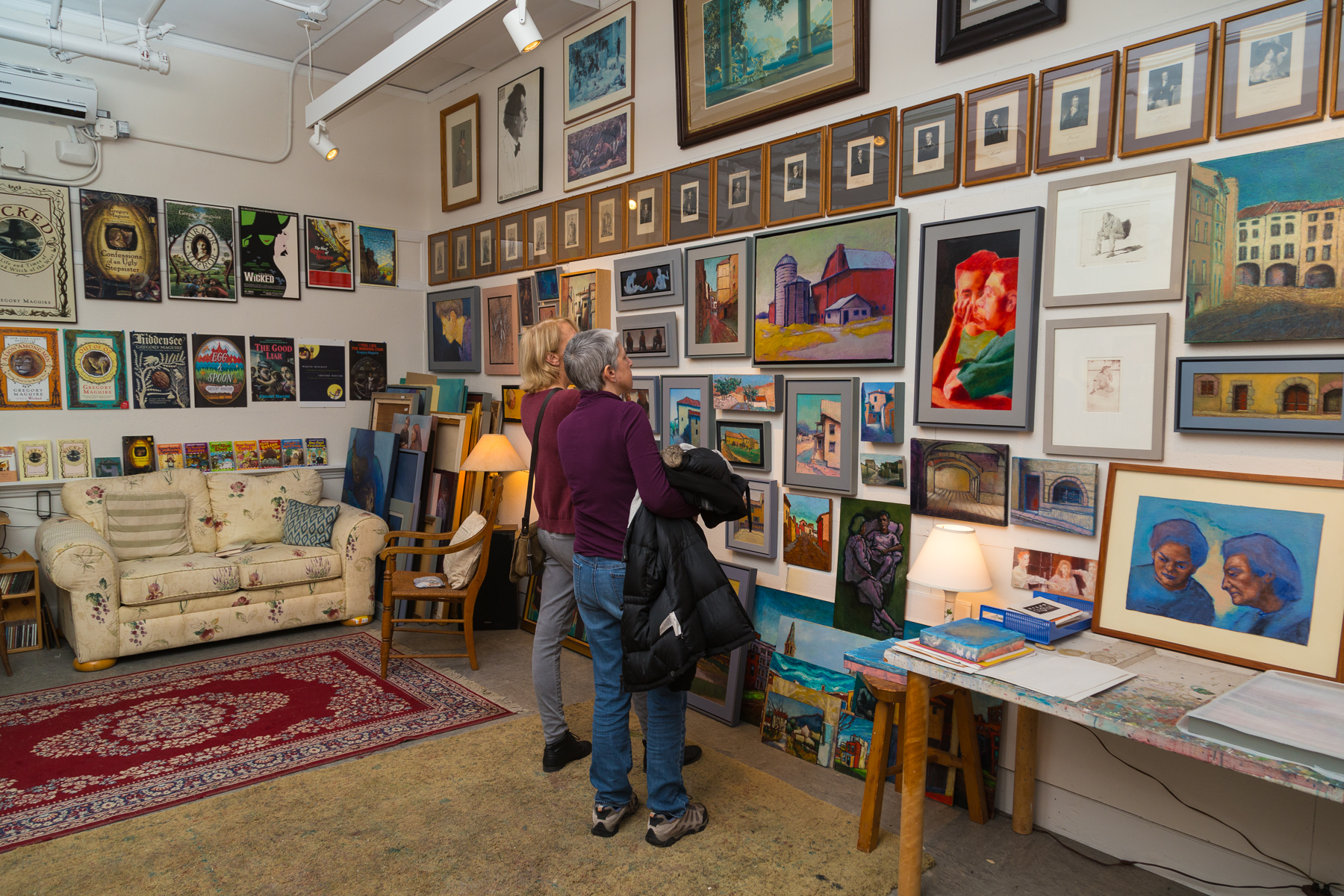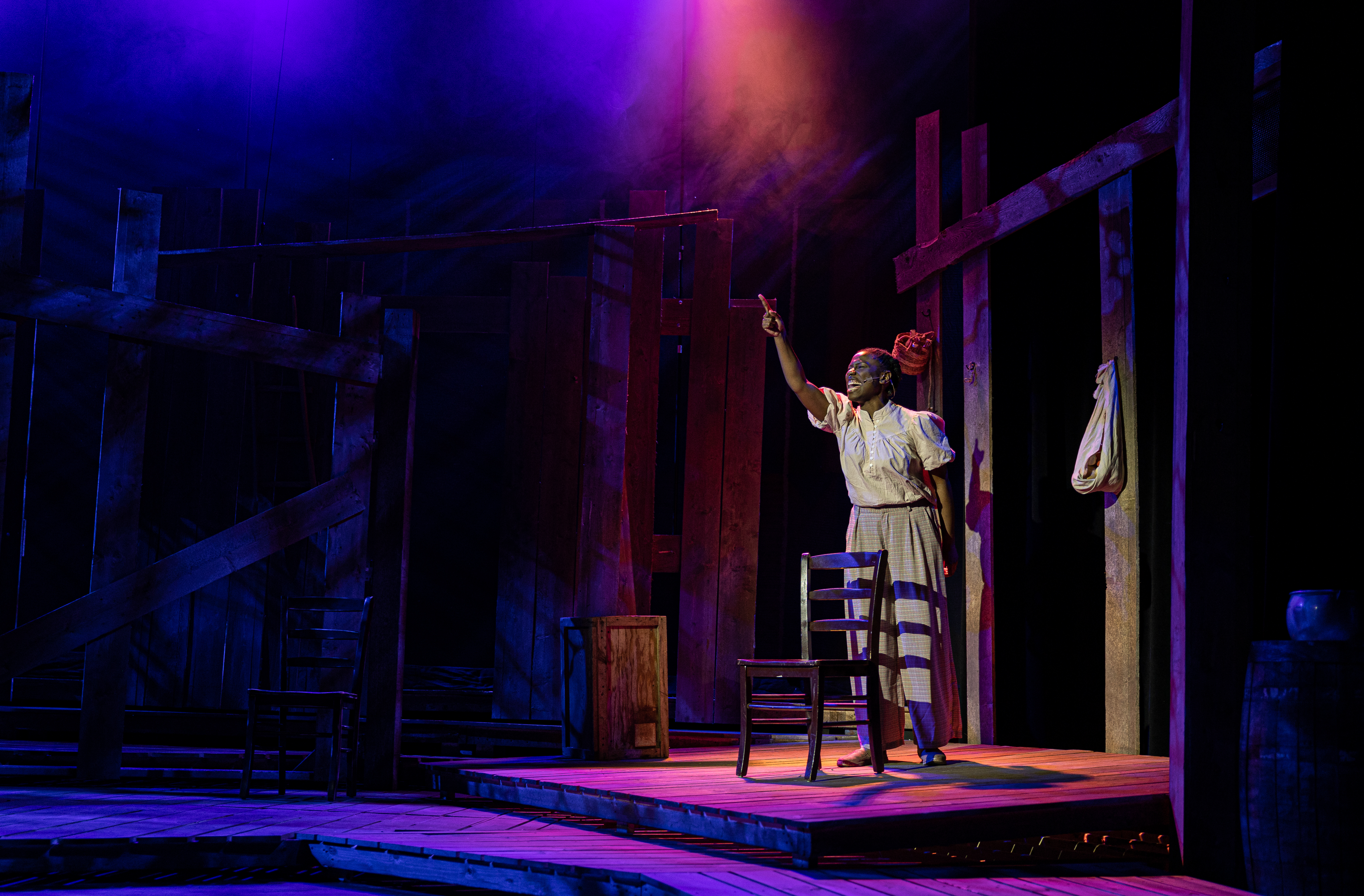THE ALCHEMY OF A LIFE
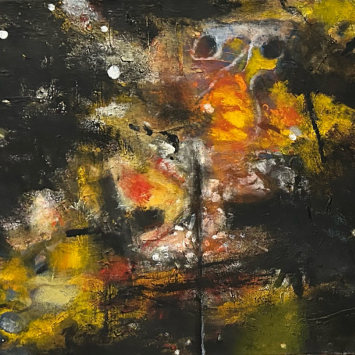
THE ALCHEMY OF A LIFE:
Selected Works by Thorpe Feidt
October 1 - December 16, 2024
Opening reception October 23, 6PM
Thorpe Feidt (1940-2024) was a prolific painter based out of Ipswich, MA, and was a beloved professor of art and art history at Montserrat College, where he began teaching in 1973. One of his most significant projects was a series called The Ambiguities, which started in 1975 and was inspired by Herman Melville’s book, Pierre, or The Ambiguities. Although Melville's book didn’t receive much praise from the public, Feidt found a deep connection to it and created his series as a response. His early paintings in The Ambiguities featured darker colors and themes, but as the series evolved, he became known for vibrant bursts of color. Towards the end of his life, after being diagnosed with vascular dementia in 2018, his works shifted back to that initial darkness, symbolizing a return to his beginnings.
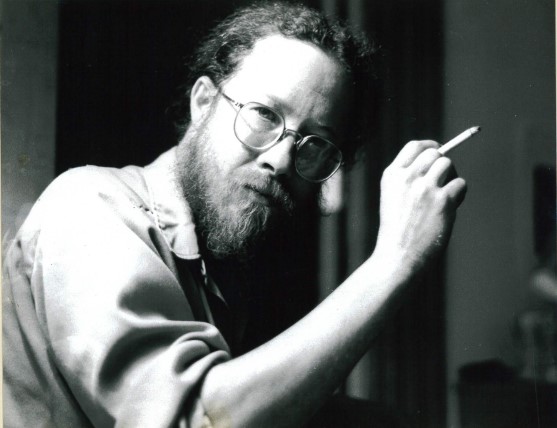
Painting as Jazz
Feidt’s artistic process involved allowing each painting to develop naturally, often while listening to jazz music in the background. His paintings and the jazz he enjoyed were not separate; instead, they blended together as one form of artistic expression. Feidt originally planned for The Ambiguities to include 333 paintings, as this number holds significance in Melville's work. However, after completing his 333rd piece (now in the Kussin Gallery) in 1998, he felt compelled to continue creating. By the end of his career, he had produced over 450 paintings and more than 1,000 line drawings.
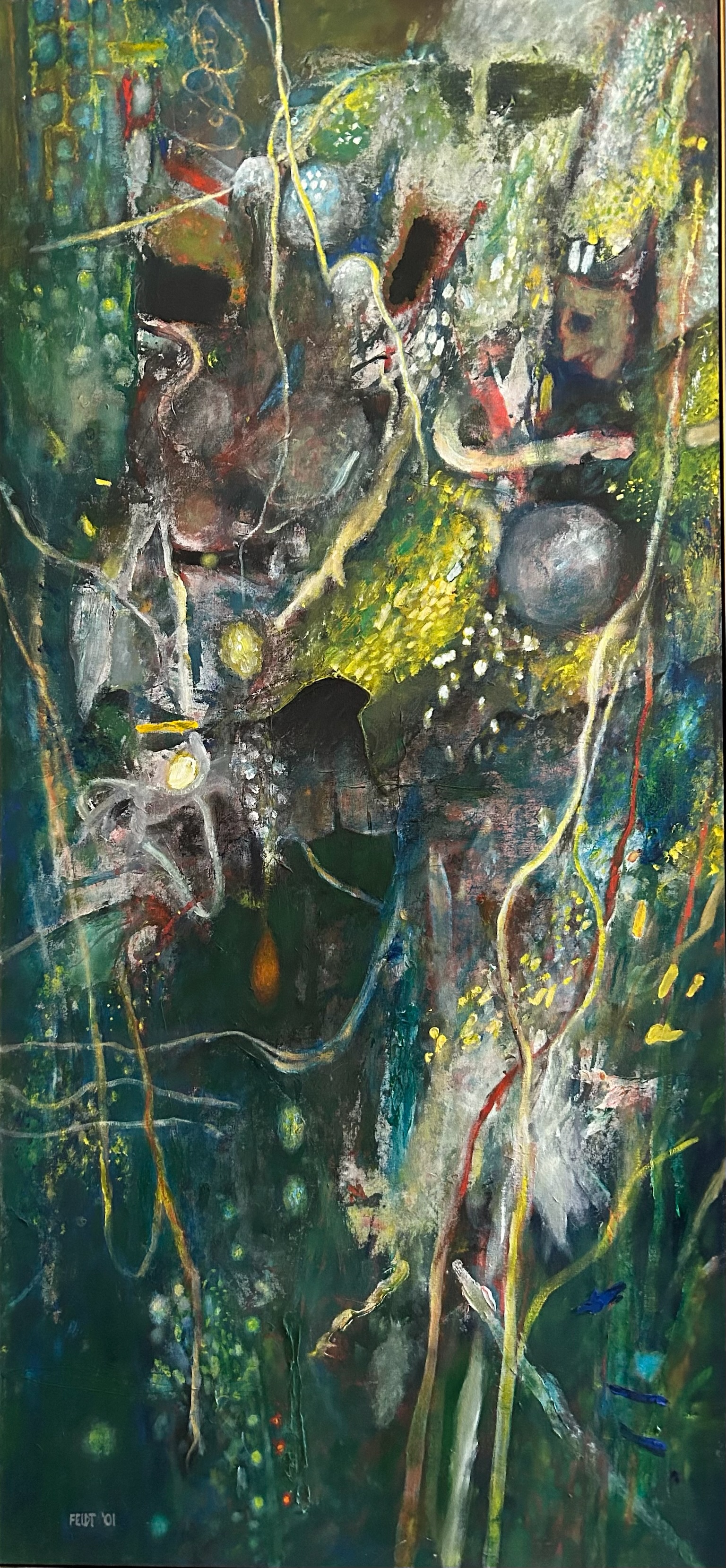
His artwork is deeply intertwined with themes of alchemy, literature, jazz, and poetry. Many of his pieces pay tribute to historical figures like Sir Isaac Newton, Christopher Marlowe, John Le Carre, and Caesar. Feidt believed that his paintings spoke a visual language that everyone could understand. He stated, “Painting is the language. It must be that way. That doesn’t mean it’s a closed speech that no one else can understand… just like jazz… as Ray Charles says, ‘everybody understands the blues’ – it’s remarkably accessible as a complex language.”
As part of his creative process, Feidt often revisited his paintings, reworking them many times over the years. Most of his artworks had more than one “completion date,” with some taking over 20 years before he considered them finished. He documented his progress through a series of polaroid photos, which helped him reflect on his work and plan his next steps. This led to a body of work that is rich in layers and texture, coming to life for the viewer.
Related Interest
- Spotify Playlist: The Alchemy of a Life
Enjoy the music that played during the creation of Thorpe Feidt's paintings as you walk around the gallery. - Herman Melville’s, Pierre, or The Ambiguities
- Mayo Clinic: Vascular Dementia Overview



